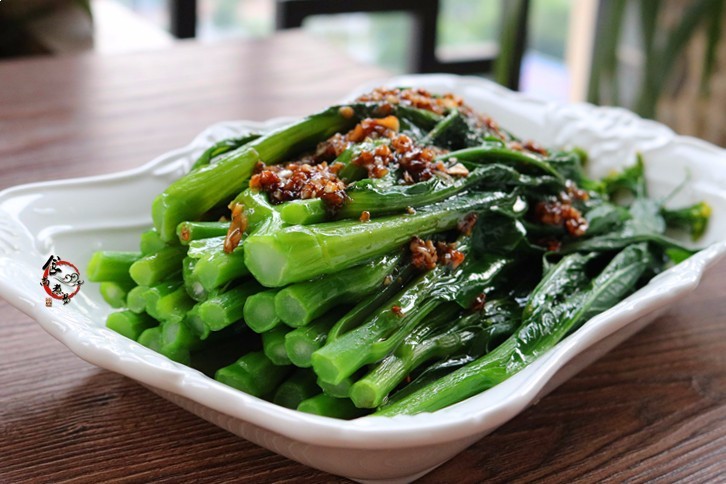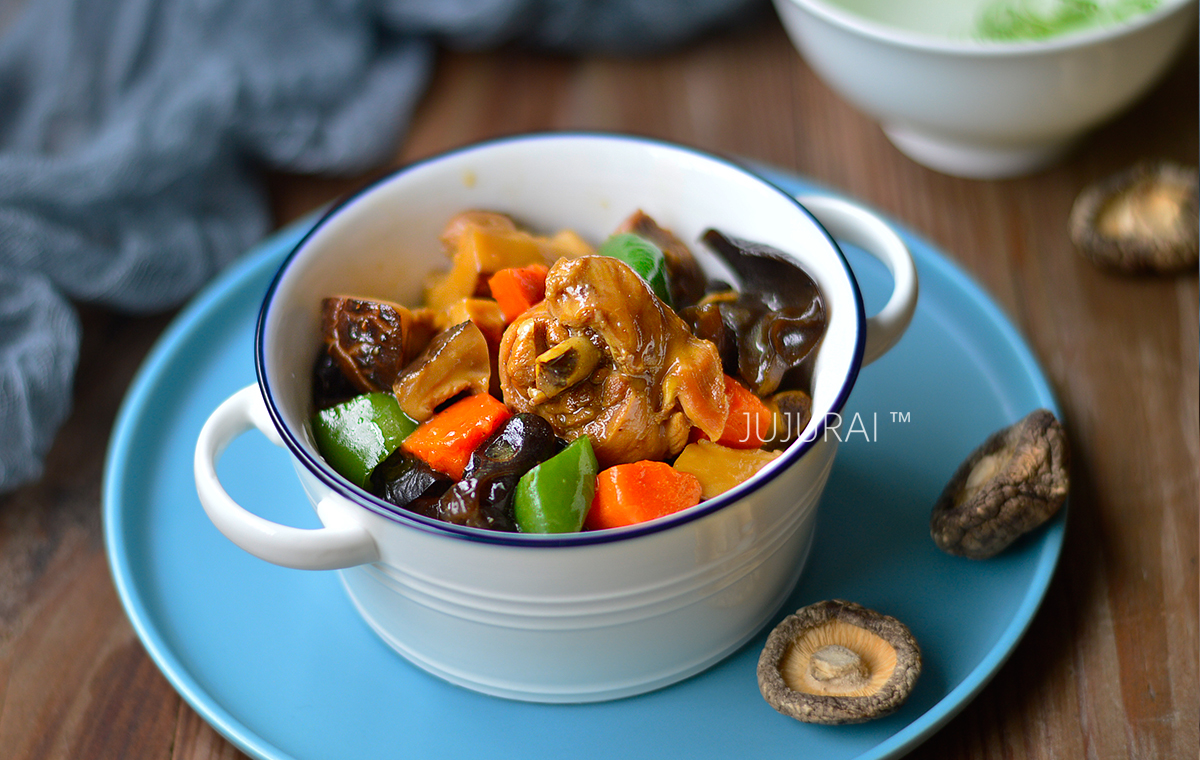mustard mound
| Chinese cabbage | Yellow mustard powder |
| Red wine vinegar Appropriate amount | Table salt A little |
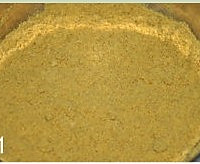
Step 1
Peel off the old leaves from the cabbage, rinse it briefly, remove the tail leaves, and then cut it into three to four centimeter segments; as shown in Figure 2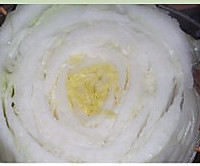
Step 2
Fix the cabbage mounds with toothpicks to prevent the outer leaves from falling off;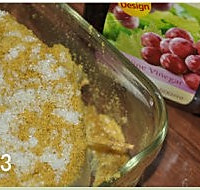
Step 3
Boil water, put the prepared cabbage mounds on a colander, and pour boiling water evenly onto the cabbage; (Do not pour it too thoroughly, about 3-5 times. Do not put the vegetables directly into the boiling water. Because the cabbage mounds It is very thick and difficult to water thoroughly, so you can turn it over and then pour boiling water depending on the situation)
Step 4
Sprinkle the mustard powder evenly on the cabbage mounds, then sprinkle with an appropriate amount of white sugar, a trace amount of salt, pour in red wine vinegar, and cover with a lid while it is hot. Mustard mound cooking tipsNote:
If possible, you can cover it with a small quilt. I covered it with a lid while it was hot, and then placed it directly in a room with a slightly higher temperature for two days. After opening the lid, I could smell the aroma of mustard. Then peel off the edible amount from the outer layer and dip it into the mustard soup and fermented mustard powder before eating.
Usually just add rice vinegar. I happen to have some leftovers from the last olive oil competition I participated in at home.The red wine vinegar has a different aroma than rice vinegar and has a more elegant taste, so I added this.
When many people make it, they separate the cabbage into slices, add a layer of seasoning, and ferment the cabbage. I think that’s too troublesome, so I just cut the cabbage into cubes. Doesn’t this look more like mustard cubes? Ha ha. I still posed for the photo.






